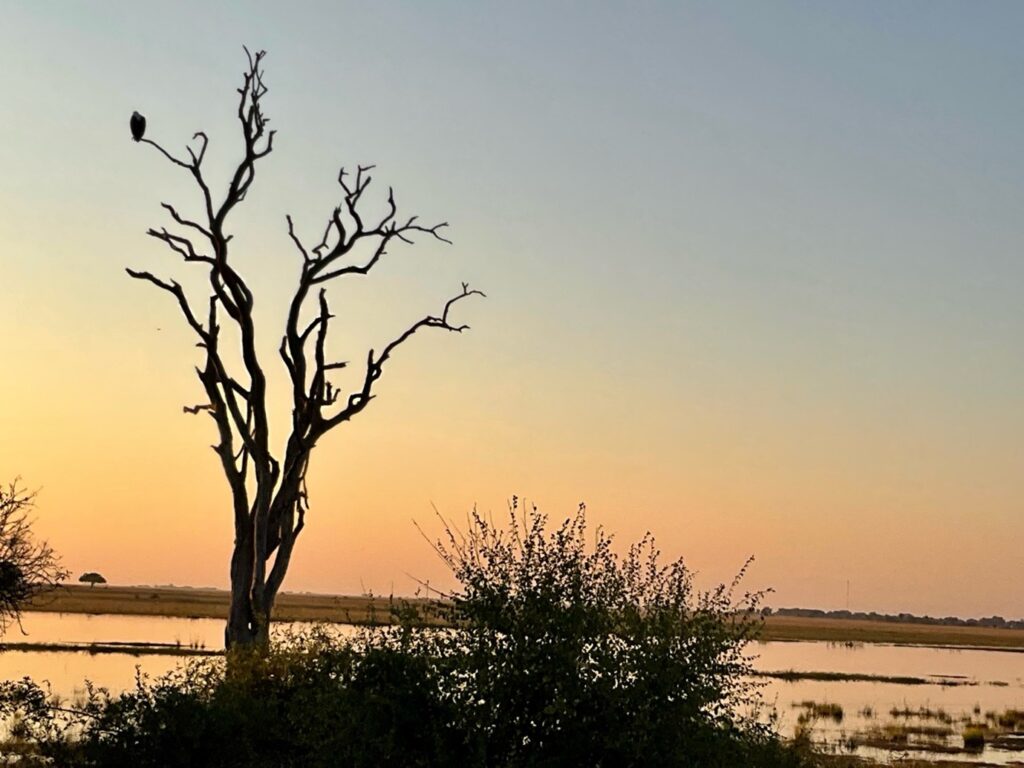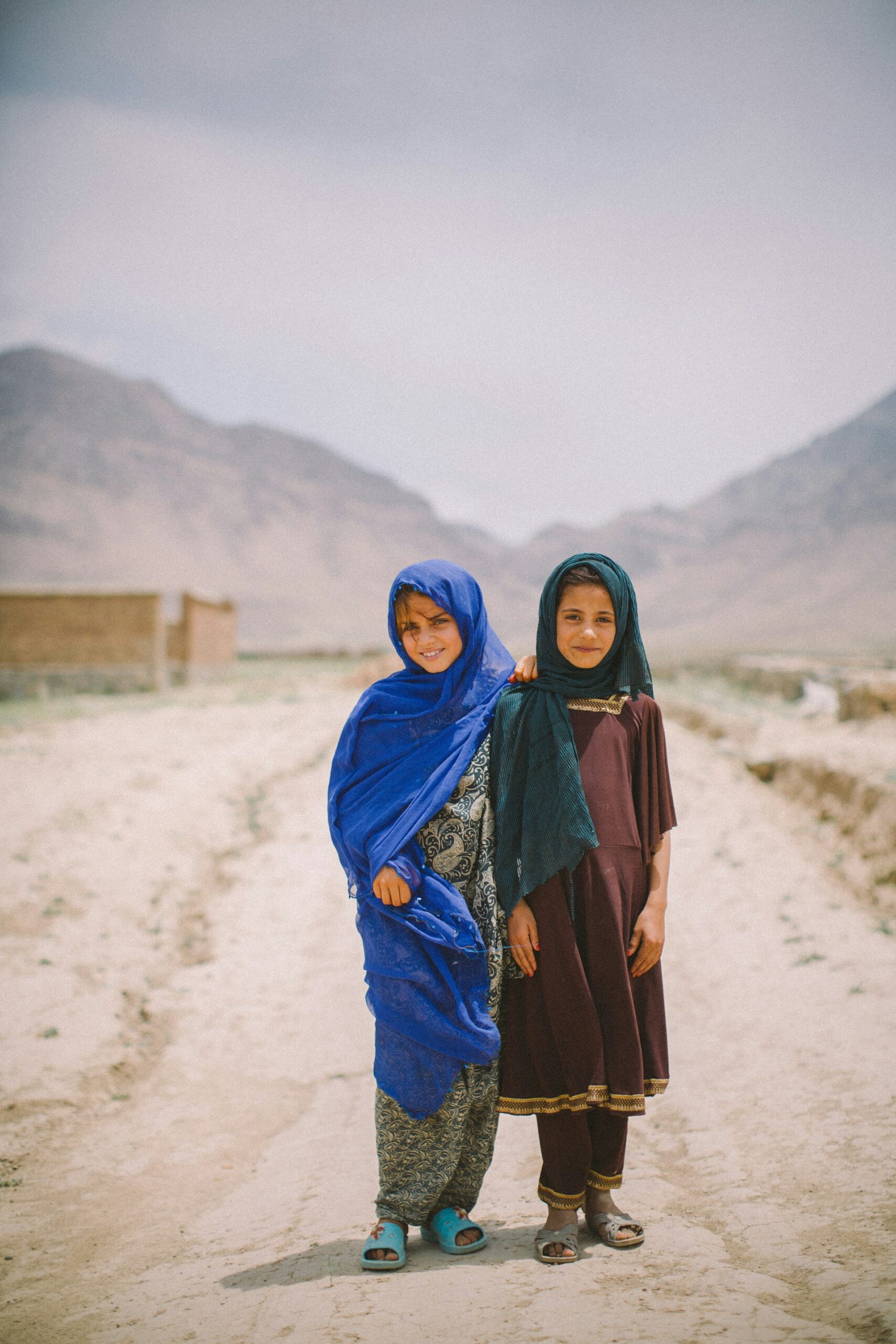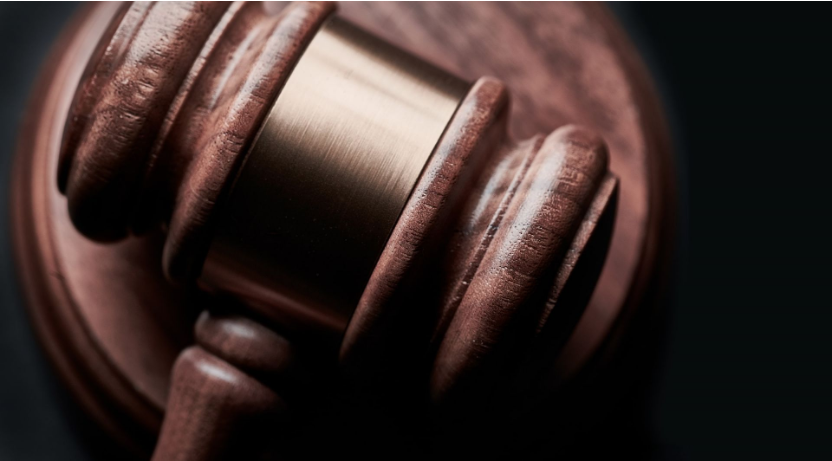Climate Change – Our Greatest Justice Challenge

Having recently returned from a visit to the Kavango-Zambezi Transfrontier Conservation Area where we are working together with legal professionals and others within the region to combat the illegal wildlife trade. I share with you some observations regarding perhaps our greatest justice challenge-climate change.
Spanning five countries, KAZA is a region of breathtaking beauty and critical biodiversity. It is also home to communities whose histories, livelihoods, and cultural identities are woven into the natural landscape. For generations, they have lived not just alongside nature, but with it – in symbiosis, with care and reverence.
And yet, these communities are now on the frontlines of converging crises that they did not create. The climate emergency, biodiversity collapse, and illegal wildlife trafficking are not abstract phenomena here – they are lived realities. They are reshaping daily life, displacing communities, eroding ecosystems, and fuelling conflict. The climate crisis, in this context, is not just an environmental catastrophe. It is a crisis of justice. A human rights crisis. And increasingly, a legal crisis.
During my visit, I listened as park rangers described how erratic rains and rising temperatures had left crops scorched and families vulnerable. I heard how economic desperation, born of environmental degradation, had driven some into the illicit wildlife trade. I was told how the militarisation of conservation efforts had sometimes bred mistrust between local communities and park rangers — people who, in truth, should be allies in a shared cause.
That conversation has stayed with me. Because it crystallised something that is so often missed in the global discourse on climate: climate change does not occur in a vacuum. It collides with inequality. It amplifies exclusion. It deepens injustices that have long been entrenched. And it forces us – particularly those in the legal world to ask: what does justice look like in a changing climate?
Where Law Meets Climate Justice
At A4ID, we do not see the law as a mere collection of statutes or courtroom procedures. We see it as a dynamic instrument – one that, when placed in the right hands and guided by the right values, can be transformative. The law has the power to defend the vulnerable, to dismantle systems of exploitation, and to empower communities to shape their own futures.
That is the philosophy underpinning our work in the Kavango-Zambezi region. Through the KAZA Legal Network, A4ID is working alongside local legal practitioners, conservation organisations, and community leaders to build legal capacity to address the illegal wildlife trade. But we are doing so with a wider lens – one that recognises that legal frameworks must protect rights and respect livelihoods, not simply punish wrongdoing.
Through this work, we are seeing what happens when communities are not treated as passive beneficiaries of protection, but as active agents of environmental governance. We are seeing how human rights-based legal systems can push back against exploitative practices, whether they involve poaching syndicates or powerful commercial interests. We are seeing climate justice not as an abstract ideal, but as something real, rooted, and possible.
Why Climate Justice Needs a Legal Response
Environmental rights are human rights – they encompass the right to clean air, safe drinking water, and a healthy environment. These rights are enshrined in international agreements such as the United Nations’ Sustainable Development Goals (SDGs), particularly Goal 13 (Climate Action) and Goal 15 (Life on Land). When these rights are compromised, it is often the most vulnerable populations that suffer.
The UN views climate action and the SDGs as “inextricably intertwined” and A4ID’s belief in the power of the law to tackle climate change is further expressed in our SDG Legal Guide 13, with key action points for lawyers to respond to the multifaceted challenges climate change poses.
There is a tendency, particularly in international forums, to reduce the climate crisis to numbers: degrees Celsius, gigatonnes of carbon, adaptation costs, emission reduction targets. These numbers are important, yes – but they do not tell the whole story.
Behind every number is a story. A girl walking farther each day to collect clean water. A fisherman whose nets return empty. A mother deciding whether to plant again or give up on a land that no longer yields.
Those most affected are, more often than not, those least responsible for the damage. They are the communities that have contributed the least to global emissions. They are Indigenous peoples who have been stewards of nature for centuries. They are smallholder farmers, pastoralists, fisherman – and now, environmental defenders who risk their lives to speak out.
This is why climate justice matters. And this is why the legal profession must step forward. The law is not neutral in times of crisis. It either enables or it obstructs. It either protects or it leaves people behind.
Whether it is through litigation that holds polluters to account, protecting environmental defenders, legislation that ensures the fair distribution of climate finance, or constitutional protections for future generations – the law has a role to play in shaping the world we need. A world where dignity, equity, and sustainability are not competing interests, but interdependent principles.
In recent years climate litigation has become an effective way to advance climate action by highlighting issues and accountability. Historically, collective action and advocacy work has focused on combating climate change but there has been a significant increase in international climate litigation involving human rights in recent years, brought about by communities and individuals on the frontline of climate change.
In April 2024, a case brought by a group of Swiss women to the European Court of Human Rights resulted in a landmark ruling. The Court found that Switzerland had failed to act sufficiently on climate change, and in doing so violated the women’s human rights.
This and other cases are spearheading the charge for action and accountability on climate change – even prompting the question recently raised in UK newspaper The Guardian: Is legal action the only way to save the planet?
Many of these cases have already helped to reframe the public narrative on climate change or prompted policy reviews by governments and corporations.
Fundamentally, the actions reinforce how the power of the law can drive progress. And how urgently needed change can begin with the law. The legal system is key to ensuring that people remain front and centre of any action and policy on climate change.
A Call to Legal Action
A4ID was founded on a radical idea: that the legal profession is not simply a bystander to development – it is a key driver of it. We believed then, and still believe now, that lawyers, judges, and legal institutions have the tools, the reach, and the responsibility to be agents of positive change.
That mission has never been more urgent. The climate crisis is not only a test of science and policy. It is a moral reckoning. It asks us to confront uncomfortable truths about power, responsibility, and the systems we have built. And it demands courage – not just in the streets or in the boardrooms, but also in our courts, in our parliaments, and in the legal principles we defend.
Fortunately, I see that courage every day. I see it in the young lawyers, many of whom are leading the charge on environmental litigation and advocacy. I see it in our partners across the Global South – legal professionals who are fighting against the odds to uphold justice in fragile ecosystems. I see it in the growing movement for environmental rights that insists the law must evolve, just as the climate is changing.
We at A4ID are privileged to be part of this global movement. But we know that our work is only a small piece of a much larger puzzle. The journey toward climate justice will require every part of the legal system to stretch beyond its comfort zone – to adapt, to innovate, and to stand firmly on the side of those whose voices are too often unheard.
The Law as Legacy
Ultimately, the question we must ask ourselves is not just what kind of planet will we leave behind? but what kind of justice system will we leave behind? Will it be one that defends privilege, or one that dismantles inequality? Will it be one that reacts to crisis, or one that helps prevent it? Will it recognise the inextricable link between the health of our ecosystems and the health of our societies?
Climate justice is not only about protecting the environment. It is about protecting people. It is about building a future where development is not only sustainable, but also inclusive. It is about ensuring that the law – this most powerful of human tools – is wielded wisely, courageously, and compassionately.
In the end, this is a story not just about climate, or law, or even justice. It is a story about courage – the courage of communities who refuse to be victims, the courage of legal professionals who choose to act, and the courage of all of us to imagine and build a better future.
We owe it to those communities, like the ones I met on the frontline in during my trip to the KAZA region. So let us rise to that challenge. For the sake of the planet. For the sake of justice. And for the sake of generations yet to come.

